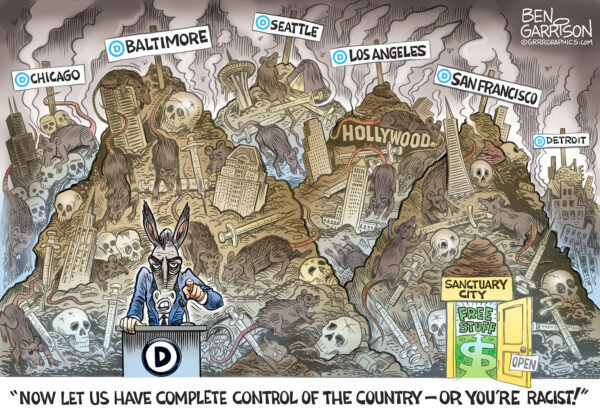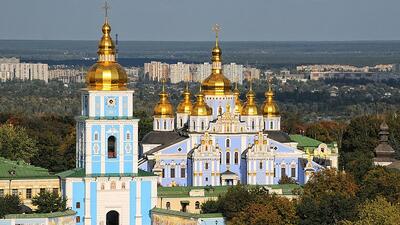Unlike in the 2008 financial crisis and the early months of COVID-19, simply bailing out private and public agents with loose macro policies would pour more gasoline on the inflationary fire. That means there will be a hard landing – a deep, protracted recession – on top of a severe financial crisis. As asset bubbles burst, debt-servicing ratios spike, and inflation-adjusted incomes fall across households, corporations, and governments, the economic crisis and the financial crash will feed on each other.
To be sure, advanced economies that borrow in their own currency can use a bout of unexpected inflation to reduce the real value of some nominal long-term fixed-rate debt. With governments unwilling to raise taxes or cut spending to reduce their deficits, central-bank deficit monetization will once again be seen as the path of least resistance. But you cannot fool all of the people all of the time. Once the inflation genie gets out of the bottle – which is what will happen when central banks abandon the fight in the face of the looming economic and financial crash – nominal and real borrowing costs will surge. The mother of all stagflationary debt crises can be postponed, not avoided.


